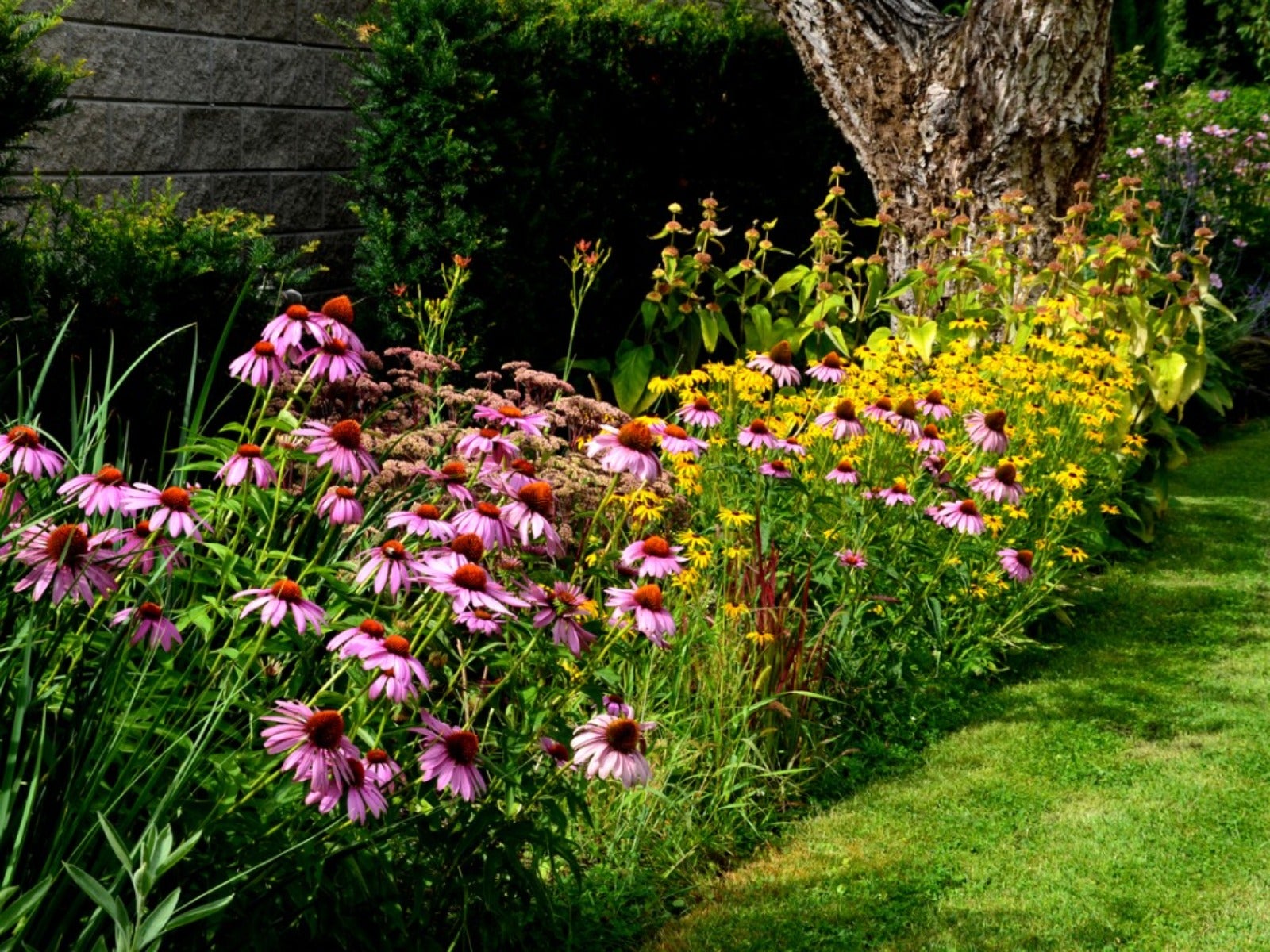How Wildflower Strips Help Attract Pollinators To Your Yard


Pollinators are essential to any garden. Birds, bees, butterflies, and other beneficial insects play a vital role in the creation of a thriving backyard ecosystem. Still, populations of many species of pollinators continue to show a marked and steady decline. Among the best ways to attract these key garden helpers is through the use of nectar-rich pollinator plants within growing beds. While some gardeners may dedicate entire sections of their backyard to this purpose, if you have limited space you may find it much more difficult to best accommodate the needs of local native species. The planting of a pollinator strip in the home landscape may be just the right solution.
Discover Our Complete Guide to Pollinators
What Are Pollinator Strips?
A pollinator strip, or wildflower strip, generally refers to a small planting bed filled with flowers. These strips are most commonly found growing along the edges of driveways, near fences, or near streets. They have also shown to be highly effective when used near row crops, in a commercial setting. Though specific size and shape of flower strips may vary, each planting should focus on the needs of local garden pollinators. In addition to helping feed, shelter, and support the well-being of these valuable garden visitors, the presence of flower strips have shown to improve pollination within vegetable gardens, as well. To plant the best pollinator strip possible, however, there are a few key components to consider.
How to Plant a Flower Strip
Planting a successful flower strip will require some careful planning. Flower beds which receive full sun are ideal, as this allows gardeners to plant a much wider range of plant species. You also need to consider bloom time. One of the main objectives of planting a pollinator bed is to ensure that nectar and pollen are readily available throughout the entire growing season. This means that a combination of early, mid, and late blooming plants will be required. This can be achieved through the combination of flowering shrubs, perennial, biennial, and annual flowering plants. While these mixes of flowers can be planted throughout the entire bed, many growers prefer to plant each species in small groupings for added visual appeal.
Native Plants
Native wildflowers are among the best species of plant for use in pollinator strips. These low-maintenance flowers are highly adaptable and generally require little attention from gardeners. Various species of wildflowers can usually be found locally, and can be grown from seed at very little cost. Though most wildflowers can be sown in the spring, fall is usually considered the ideal planting time for perennials, as it allows for a longer period of root development. Once established, perennial native species will return season after season, and serve as a veritable feast for local pollinators.
Within flower strips, diversity in plant types has shown to increase the diversity of the pollinators present. When planting a wide range of flower species it’s good to consider a few key characteristics. Among these are the flower’s shape, color, and overall structure. Consider selecting open-pollinated plants, rather than hybrids or those which may be sterile. Within garden beds designed for pollinators, the use of any pesticide should always be avoided.
Sign up for the Gardening Know How newsletter today and receive a free copy of our e-book "How to Grow Delicious Tomatoes".

Tonya Barnett has been gardening for 13 years. Flowers are her passion. She has transformed her backyard into a cut flower garden, which she regularly chronicles on her YouTube channel http://www.youtube.com/@tonyawiththeflowers.